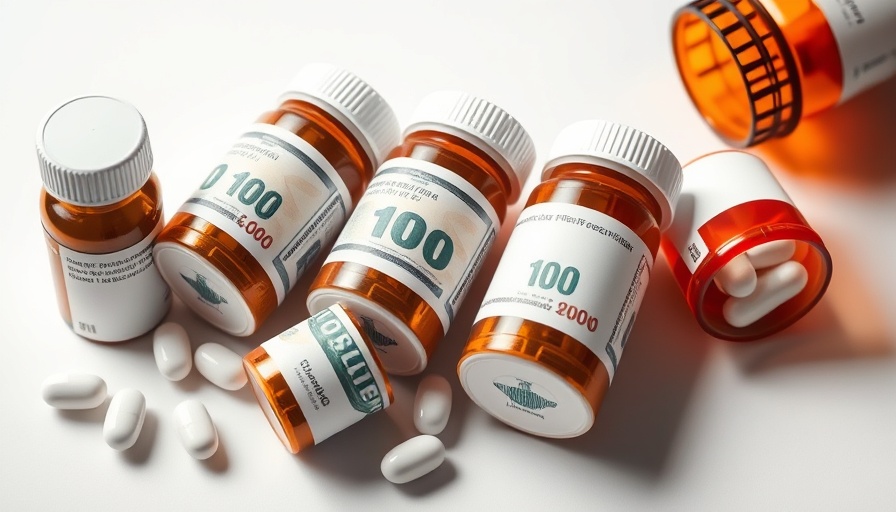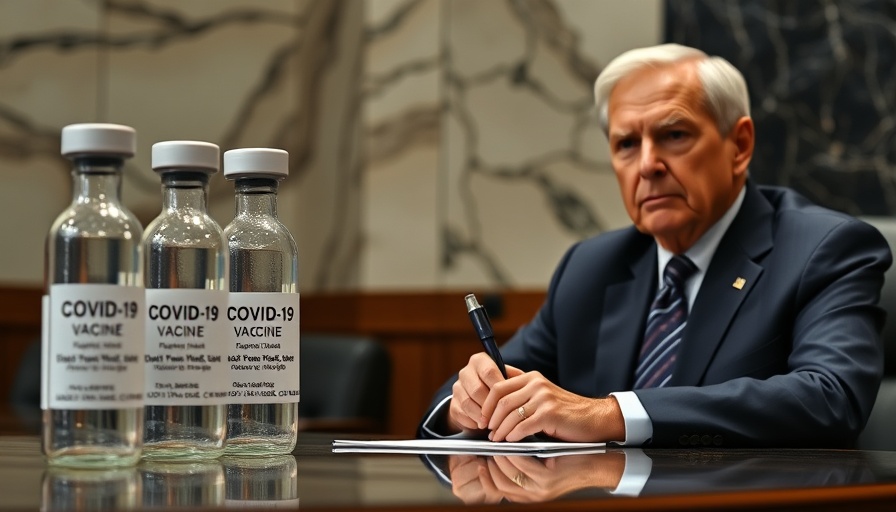
Understanding Heart Risks: The Silent Thieves of Lifespan
Many people underestimate the cumulative effects of heart risks, viewing heart disease as a sudden crisis rather than a gradual decline. By the time symptoms arise, such as fatigue or chest pain, the damage may already be done. A groundbreaking study published in the New England Journal of Medicine paints a sobering picture. Tracking over 2 million adults global across 133 cohorts, researchers found that those who maintained heart health by managing five critical risk factors—high blood pressure, cholesterol, diabetes, obesity, and smoking—enjoyed significantly longer lives.
The High Cost of Risk Factors
Participants devoid of these five risks added nearly 15 years to their lives without heart disease. Notably, women averaged an extra 14.5 disease-free years compared to men, who gained 11.8 years. However, for those burdened with all five risk factors, life expectancy plummeted. In essence, each additional risk factor not only reduced lifespan but also eroded quality of life, leading to the alarming realization that many may be unknowingly marching towards a deadlier future.
Diet: The Power of Change in Your Fork
Diet plays a crucial role in cardiovascular health, and recent insights reveal the surprising impact of certain foods. Linoleic acid, commonly found in vegetable oils, has been identified as a troublemaker, adversely affecting mitochondrial function and contributing to heart issues. Eliminating these oils, alongside adopting whole food ingredients, may be key in reversing damage over time. Simple dietary shifts towards good fats, whole grains, and fiber-rich produce can restore metabolic health, offering a lifeline to those grappling with heart risks.
The Importance of Early Action
Time is of the essence. If you're in your 30s or 40s, the good news is there is still a window of opportunity to pivot towards a healthier lifestyle. If you're already over 50, it is never too late, but the sooner changes are made, the greater your chances of living a longer, more fulfilling life. Even tackling a single risk factor has profound effects; for instance, quitting smoking and controlling blood pressure have shown significant benefits in lifespans.
Daily Habits That Make a Difference
Beyond food, daily rituals also hold the power to fortify heart health. Regular moderate exercise such as walking not only helps manage weight but also boosts mood, while sunlight exposure can enhance vitamin D levels, vital for overall health. Making these small changes can revitalize cellular energy production. Integrating even a 20-minute daily walk into your routine offers a practical step towards a healthier heart.
Real Stories of Transformation
In our community, we’ve witnessed incredible transformations. Take John, a local father of three who, at 52, faced all five heart risks. With determination, he overhauled his diet, swapped smoking for cycling, and made it a family effort. Today, John shares his journey, emphasizing not just longevity but the vitality he’s regained. His story, along with countless others, highlights the difference proactive approaches can make.
Inspiring Future Generations
As we become more aware of the health risks posed by our habits, we also must inspire future generations. Schools, communities, and families can pool resources to foster environments that promote healthy living. Workshops on cooking, family exercise days, and health talks can engage younger audiences, ensuring they don’t fall into the same traps that have ensnared many adults today.
Take the First Step Today
While facing heart health in your 50s can be daunting, the journey towards better health begins with a single step. From dietary adjustments to daily movement, each decision you make can significantly impact the years of your life. Embrace this opportunity for a better today and for a community that thrives on wellness, together. Why wait? Let’s create a healthier future, today!
 Add Row
Add Row  Add
Add 



Write A Comment